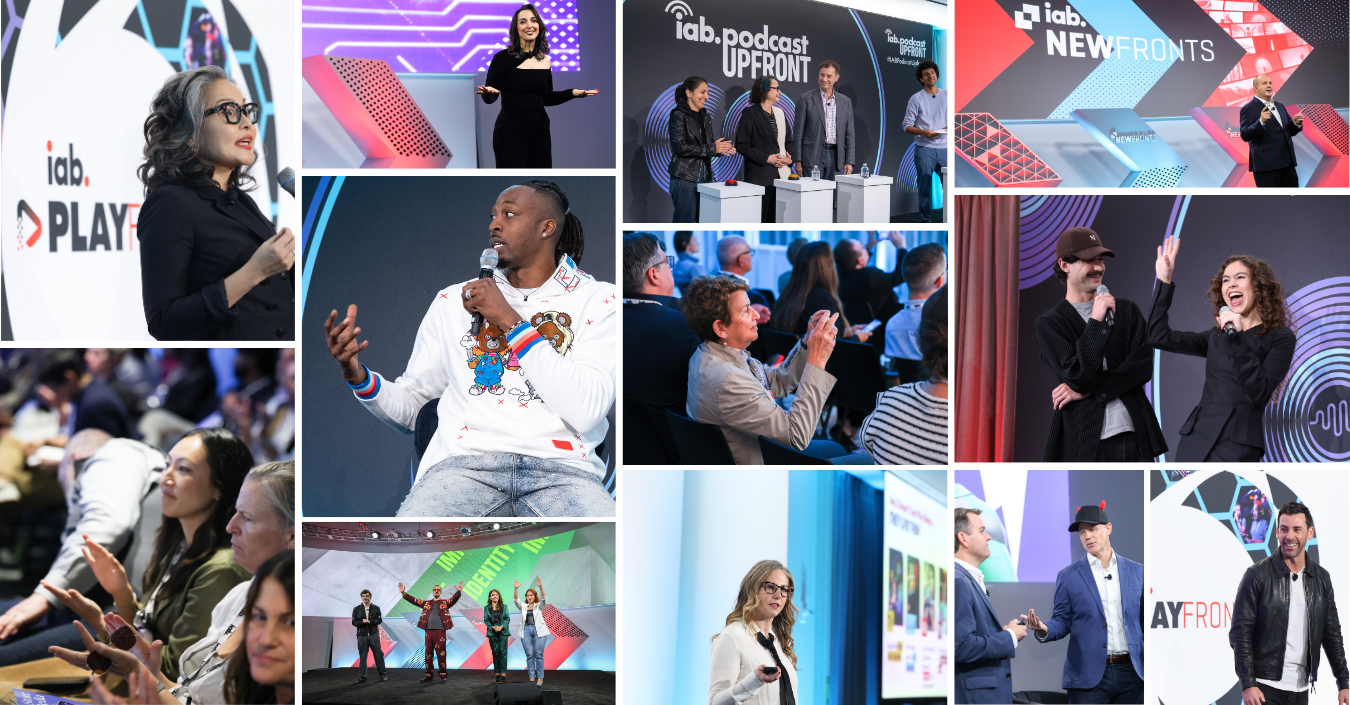In July of last year, in Carlsbad California, IAB convened a group of business leaders in the digital video space to identify and discuss key issues facing the industry as the worlds of television and digital video continued to converge. During the day-long meeting, the discussion touched on various points of marketplace friction, in particular the changing nature of video content discovery and distribution.
One attendee asked the group, spurring a larger conversation: “What’s the equivalent of the “TV Guide” for new and future generations of consumers?” In early days of the TV industry, newspapers provided local TV listings, then came the TV guide, followed by the interactive cable menus that made it possible to quickly find a show or movie. Now, there are thousands of content channels, and a growing number of connected devices and platforms like OTT where consumers can access video content. But the question remains, how are people finding the programs they want to watch? And what should advertisers be aware of as they also seek to connect with the consumers across a portfolio of options?
To help address these questions, IAB commissioned this Video Content Discovery Study, which was conducted in February of this year. It has been well documented that U.S. adults are spending more time, with a broader array of devices, than ever before. From walls, to desks, to pockets – screens are everywhere. Indeed, the average U.S. adult now juggles more than four connected devices. Three-quarters use a smartphone and more than half use a tablet. At the same time, along with the emergence of new platforms and devices for viewing video, have come new levels of choice in content formats, genres, and pricing models, all of which impact the ways consumers approach their day to day video search and content selection behaviors.
To help focus our inquiry, the study examined three distinct video storytelling formats:
• Traditional TV
• Subscription Series
• Original Digital Video
In short, the study found that for each format of video content, who watches, how they become aware of content, what influences their decision to watch, and how they decide to ultimately engage with the content, are specific to the type of content. As you’ll see from the findings below, unlike the early days of television, when choice was limited to few broadcast networks, today’s consumer is faced with a seemingly endless array of options, driven by technologies that both add to and reduce complexity to various degrees.
Our intention is not to point to a silver bullet solution or suggest what the ultimate next generation TV guide will look like. Rather it’s to identify key patterns in the customer journey, and look to those patterns as guidance for potential opportunities and areas for improvement for publishers and advertisers. We begin by first identifying who the primary consumers are of the three formats identified above, followed by how they hear about, search for and ultimately find the content they’re looking for.
We welcome you to join the discussion. If you’re an IAB member and would like to participate in IAB’s Video Center committees and working groups, please email [email protected].




